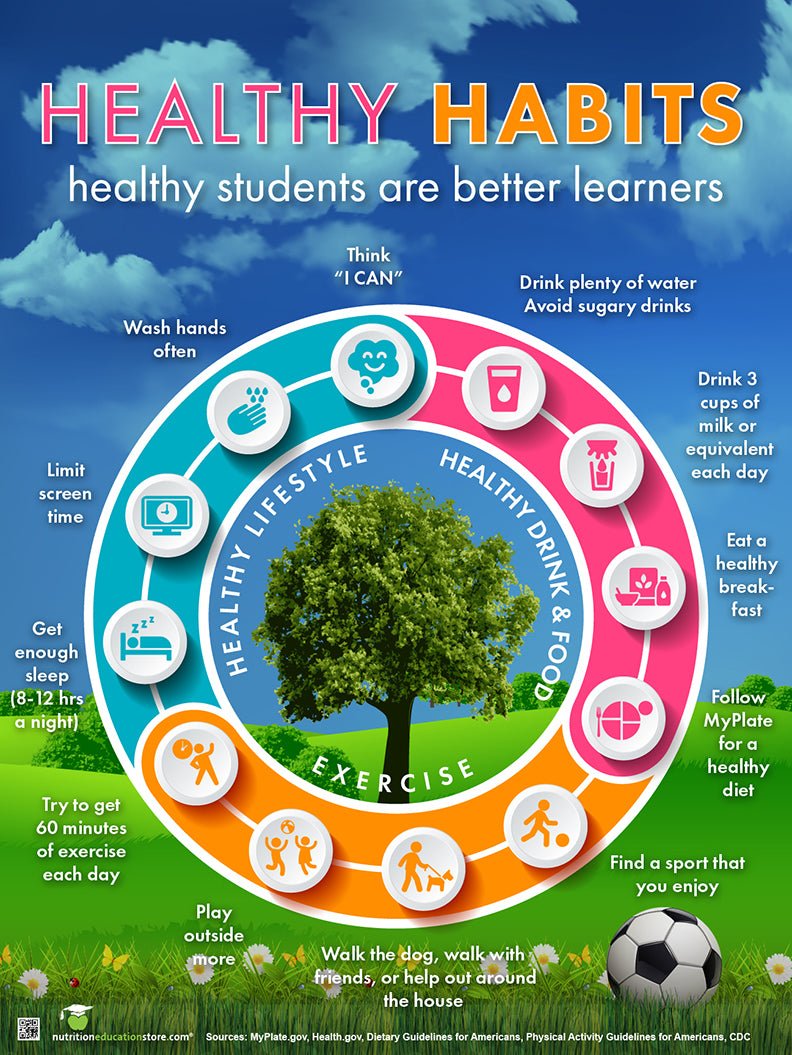Behavior change is tough. It’s uncomfortable. Staying in our comfort zones is easy and feels safer.
But, like it says on our Comfort Zone poster, the comfort zone might be a beautiful place … but nothing changes there!
Help your clients or students get off the comfy couch and on track for a healthier life by teaching them about SMART goals. Here are some ideas to get started:
- SMART goals are Specific: keep them small and simple.
- Eat at least one vegetable for lunch every day.
- Meditate for one minute while your coffee is brewing.
- SMART goals are Measurable: you can’t change what you don’t measure.
- Keep track of your progress with an app on your phone, a calendar, or a pen-and-paper log.
- SMART goals are Attainable: that’s why making them small and simple is such a good idea.
- Remember, small changes add up over time!
- SMART goals are Relevant: set goals that mean something to you.
- Do yoga because you want to be able to play on the floor with your grandchildren.
- Walk daily because you want to hike with your family on an upcoming vacation.
- SMART goals are Time-Bound: decide when your goal will be completed so you can celebrate your success.
- Eat fruit at breakfast every day for one week.
- Take a walk after dinner three times per week for one month.
New Year’s resolutions will be here before we know it. SMART goals give your students or clients a chance to keep those resolutions for a change!
By Hollis Bass, MEd, RD, LD
Free Handout: SMART Goals





